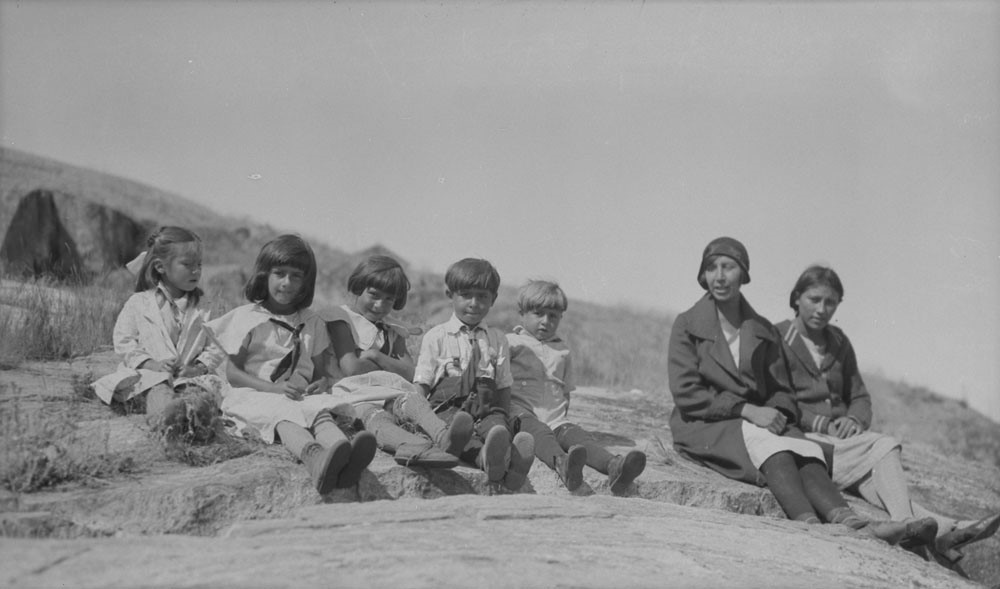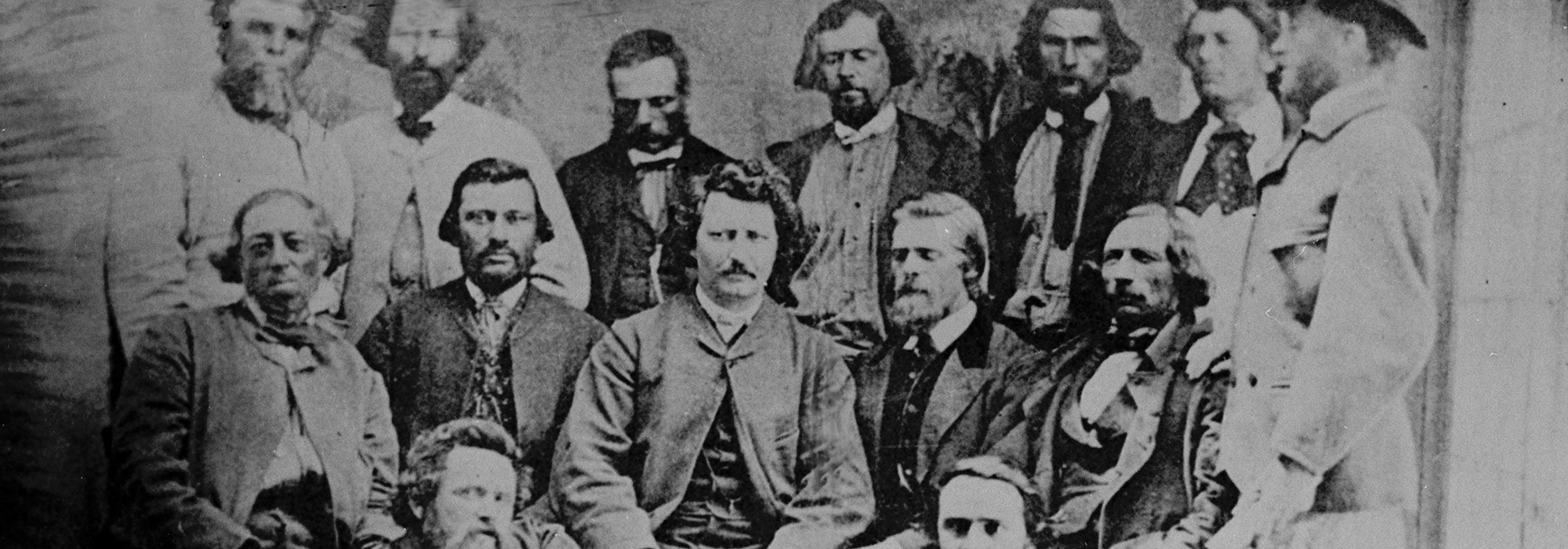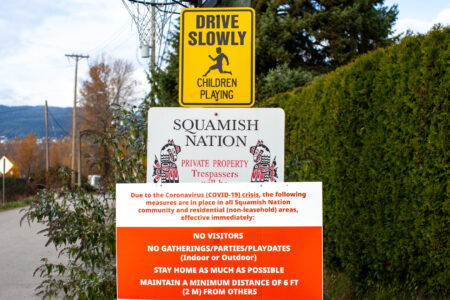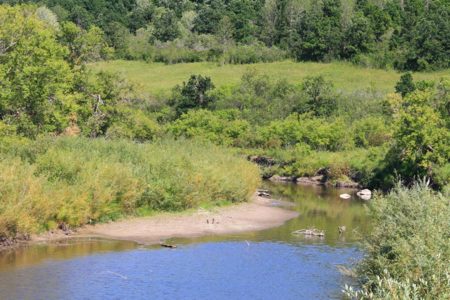
The 2016 census revealed explosive growth in the self-identified Métis population in Canada. The 51.2 percent growth of self-identified Métis from 2006 to 2016 easily surpassed the growth of First Nations and Inuit populations.
The growth is spread unevenly across Canada. Notably, the Métis population skyrocketed in areas where no historic Métis communities were located. Recently published research by scholars Adam Gaudry and Darryl Leroux reveals that the self-identified Métis populations in Nova Scotia and New Brunswick surged by 900 and 450 percent, respectively.
Clearly, demography alone cannot explain the trend. According to Gaudry and Leroux, people in eastern Canada are claiming Métis identity based on Indigenous ancestry revealed through genealogy. They call the practice of reimagining racial identity based on the existence of long-ago Indigenous ancestors as “white settler revisionism.” Many of those claiming to be Métis base their revisionist identity on the mistaken assumption that a mix of European and Indigenous ancestors is a sufficient basis to claim a Métis identity.
Far from being a harmless phenomenon, white settler revisionism systematically devalues Métis peoplehood by disregarding the process that led to the ethnogenesis of the Métis Nation.
The Métis Nation arose in the specific period after European contact and prior to European control of the specific geographical area referred to as the Métis homeland. The Métis homeland is a vast area now covered by the provinces of Manitoba, Saskatchewan and Alberta, and stretches into portions of Ontario, British Columbia and the Northwest Territories, as well as the northernmost plains of the United States.

The mass usurpation of Métis identity also has the potential to derail efforts at reconciliation between Indigenous people and the federal government.
Indeed, widespread assertion of Métis identity has the potential to stymie future policy frameworks. The Daniels decision, which held that Métis people are to be considered “Indians” for the purposes of section 91(24) of the Constitution Act, 1867, raises the possibility that the federal government will be required to provide more programs and services to Métis people.
Policy-makers must have a clear idea of the scope and distribution of a population requiring government support and engagement. The proliferation of dubious claims of Métis identity in disparate geographic areas poses serious obstacles to policy objectives.
The unscrupulous practices of organizations claiming to represent Métis people cannot be ignored. The Métis Federation of Canada, for example, does not require their members to prove Métis ancestry. Neither does the Bras d’Or Lake Métis Nation. To join these organizations, prospective members must simply demonstrate that they have an Indigenous ancestor. This ancestor can be Métis, Inuit or First Nations.
But the Métis Nation is not a simple conglomeration of ancestors with mixed ancestry. These organizations are creating chaos by convincing millions of Canadians that they are Métis, regardless of a lack of ancestral connection to the Métis Nation.
The Métis National Council and its provincial organizations, on the other hand, have meticulously crafted citizenship criteria that require concrete proof of Métis ancestry. In short, applicants must self-identify as Métis and demonstrate that they have an ancestral connection to the Métis Nation that arose in the historic Métis homeland.
Canada must intervene to ensure that the Métis National Council is not lost among an avalanche of illegitimate organizations. The federal government has begun this process by providing funding in its 2017 budget to the Métis National Council and its affiliated organizations. The money is going toward governance capacity and to support the council’s membership registry.
But more action is needed. Ottawa must affirm the Métis National Council’s resolution declaring that “there is only one Métis Nation, and that the geographic homeland of the Métis Nation is the historic Northwest which entered into Confederation in 1870 through the negotiations of the Métis Provisional Government led by President Louis Riel.” Only a clear and unequivocal statement will have the intended effect of silencing specious claims to Métis identity.
Additionally, policy-makers in Ottawa must understand that enabling the federal incorporation of dubious organizations like the Métis Federation of Canada could be harmful to reconciliation efforts with the Métis people.
Finally, Canada should provide funding to the Métis National Council so it can judicially intervene in response to illegitimate legal claims to Métis rights. A number of these claims have arisen in recent decades. Most recently, unsuccessful Métis rights claimants in New Brunswick sought leave to appeal to the Supreme Court of Canada a decision by the New Brunswick Court of Appeal that upheld the lower-court ruling that no historic Métis community existed in the province.
The Métis Nation and the federal government are on the cusp of achieving lasting agreements that will facilitate reconciliation and a just resolution to generations of conflict. But the proliferation of white settler revisionism and the mass usurpation of Métis identity threaten those prospects. The federal government must take seriously the threat posed to the Métis Nation by white settler revisionism, and continue to enact policy reforms to support the Métis National Council.
Photo: Louis D. Riel and his councillors, 1869-1870. Front: Bob O’Lane and Paul Proulx; seated: Pierre Poitras, John Bruce, Louis Riel, W.B. O’Donoghue, Franeois Dauphinais; standing Le Roc, Pierre Delorme, Thomas Bunn, Xavier Page, Andre Beauchemin, Baptiste Tereaux and Thomas Spence (CP PHOTO) 1999 (National Archives of Canada/William James Topley) PA-012854
Do you have something to say about the article you just read? Be part of the Policy Options discussion, and send in your own submission. Here is a link on how to do it. | Souhaitez-vous réagir à cet article ? Joignez-vous aux débats d’Options politiques et soumettez-nous votre texte en suivant ces directives.








